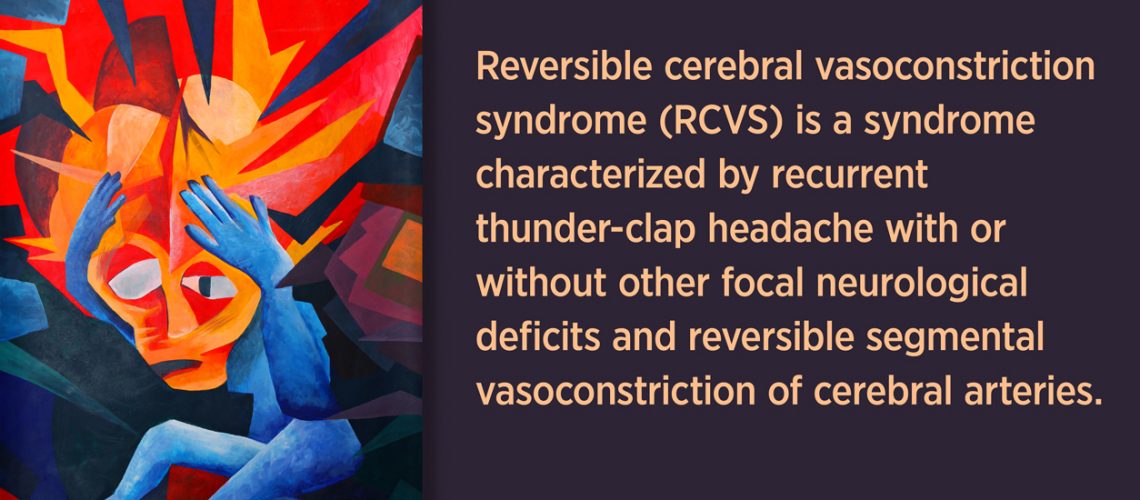“Transcranial doppler findings in reversible cerebral vasoconstriction syndrome” is a short communication in the Journal of Neuroimaging (Hathidara M, Patel NH, Flores A, Cabrera Y, Cabrera F, Koch S. J Neuroimaging. 2021;1–7. https://lnkd.in/gjjkrEBQ). There is a modest suggestion: “TCD may be a useful screening tool to detect abnormal trends to increase yield of repeated angiograms.” The authors explain that “due to the dynamic nature of RCVS, often multiple angiograms are required to capture vasospasm. One of our patients with initial negative catheter angiogram had vasospasm first detected by serial TCD.”
The authors conducted a small retrospective single-center analysis with 9 patients suspected to have RCVS on hospital admission from 2009-2014. Besides suggesting TCD as a screening tool for better-utilized angiograms, the authors discuss their major findings and some further work to do. “We did not find decreased PI/RI or any temporal trend correlating with vasospasm detected in large arteries. This observation raises a question if the known involvement of distal arterioles in RCVS impacts normal autoregulatory mechanisms to compensate for large artery vasospasm-related hypoperfusion. To our knowledge, such a relationship or trend has not been previously studied for RCVS. Larger studies with standardized protocols are required to evaluate this hypothesis, investigate the utility of PI and RI values, and trend these values in the early phase of RCVS involving vasospasm of distal arterioles.”
Another important finding is that “the number of vessels affected with abnormal velocities increases gradually and maximizes between day 13-14 from symptoms. Mean Flow Velocity of all affected vessels (MCA, ACA, basilar) also increase around the same time frame. This trend supports multiple postulated theories of RCVS pathophysiology, suggesting an excessive adrenergic response to vasoactive substances affecting small distal vessels first and then progression toward medium and large arteries.”

